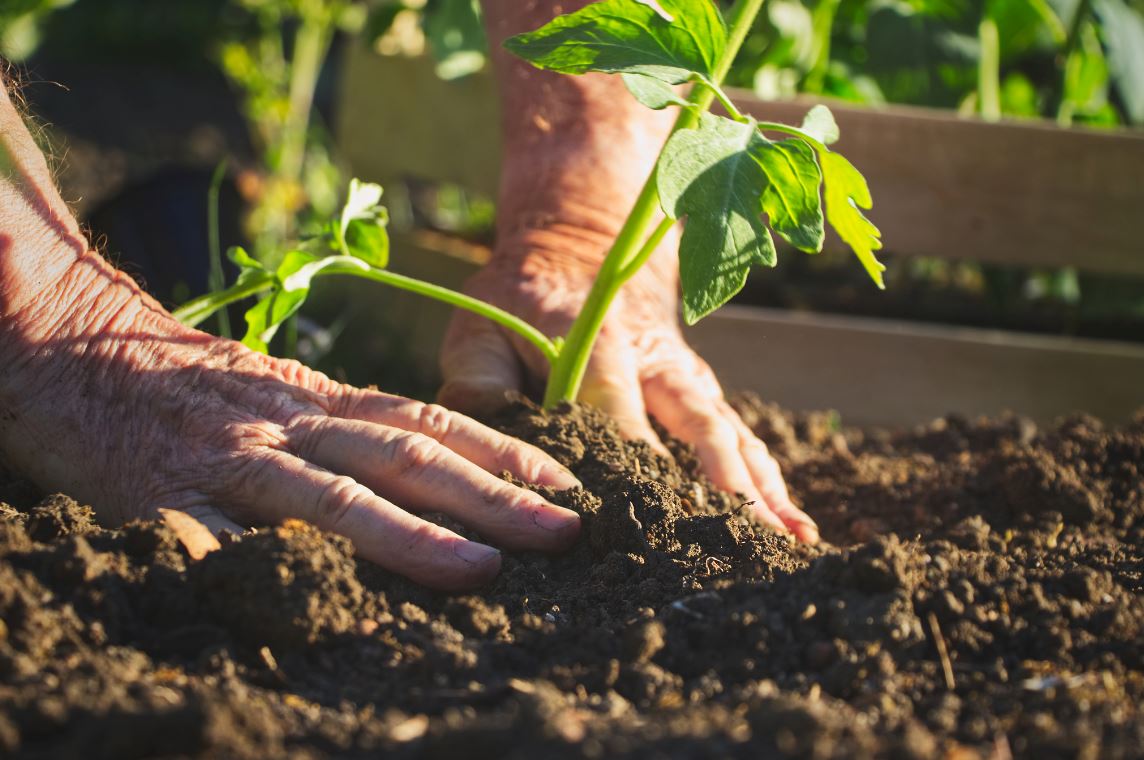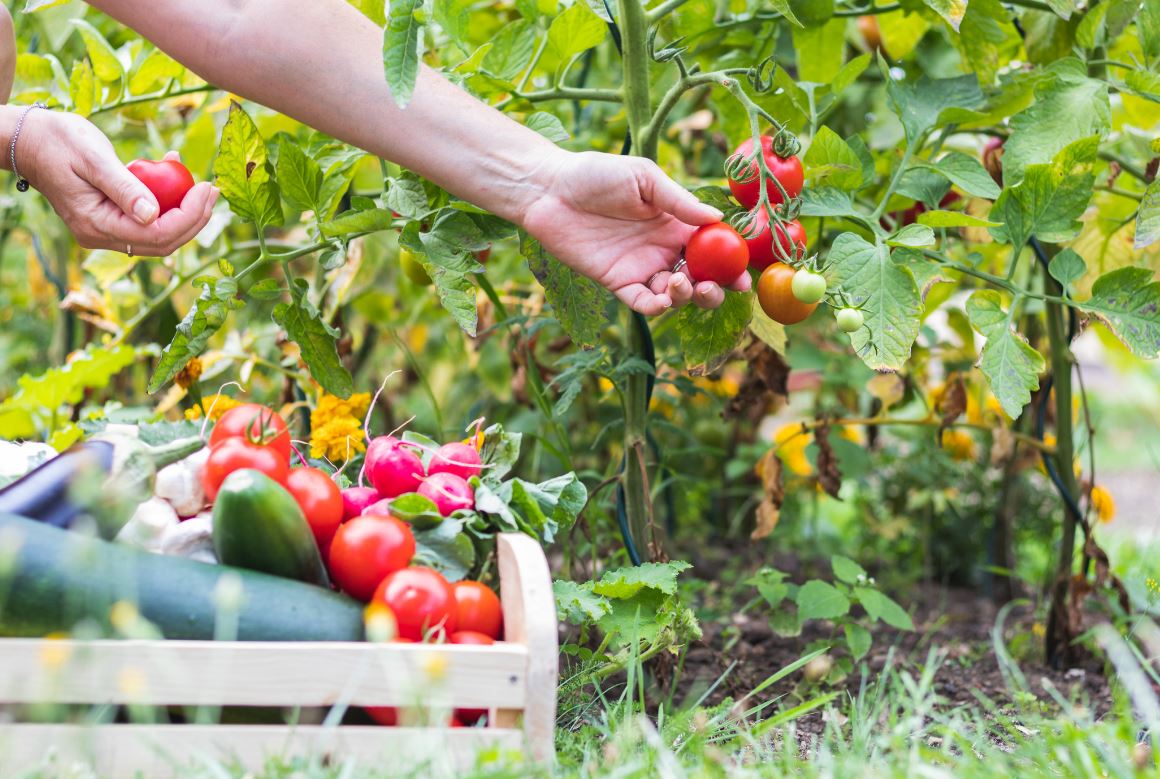Getting beautiful tomatoes until the first frosts is not entirely child's play, but almost these days. The first rule is to choose the right variety: small fruit, large fruit, early (and therefore recommended in cold climate), late … You will do it according to your needs and local climatic conditions.
With the exception of old or collector varieties, avoid collecting seeds from last year's fruits: for a low price, the commercial sachets will guarantee you seeds of perfect quality and free of diseases.
Also read: How to water the tomatoes?

Sow in time
The professionals act from March and their plants are in bloom when they are set up, around the middle of May. This earliness is recommended in cool or poorly sunny areas, where it takes a long time to cultivate to obtain an honest harvest, sometimes with the help of a shelter, even in the middle of summer.
South of the Loire – in more than two-thirds of France, in fact – we can wait until the end of April for sowing, with the beginning of the harvest in August (on average) until the end of October. It is enough to see what the "accidental" sowing of seeds forgotten in the compost to be convinced. You will get very robust and rustic plants, while saving a precious place, by putting them under a light shelter: a well exposed frame, even the protection of a simple bell will be enough for the start-up.
Plant in the right place, in full sun, in an environment rich in soil, well ventilated, and above all having not welcomed plants from the same family in recent years (eggplant, peppers, potatoes …). Take care to water regularly: this is the secret of tender skin tomatoes. But take comfort if yours are a little thick, their flesh will gain in firmness and fragrance.

Our 7 tips for growing your seedless tomatoes
- Sow the seeds by three in peat pellets, to keep only the strongest plant. In a box, sow lightly and take only the most beautiful plants, to be transplanted in 2 or 3-leaf pots.
- Plants are good to install when they reach 15 to 20 cm in height, with a rod the size of a pencil. Before planting, harden them for a few days out of the sun.
- On the plot covered with a good compost mulch, dig into the soil and place the root ball there. Water copiously, without packing. Allow a 60 cm gap between the plants.
- Install the stakes immediately, making sure (1.60 m above the ground, at least) and robust: a foot loaded with fruit weighs very heavy. Before use, treat the wooden stakes with fungicide.
- Bring the compost back to the base of the plants after about three weeks ; new roots will develop vigorously there. Begin, from this moment, the application of specific fertilizer, poor in nitrogen.
- Lateral shoots appear in the leaf axils. Remove them with your fingertips so as not to disperse the sap. Regularly tie the stem to the stake, about every 20 cm.
- In cool or very windy climate (seaside for example), complete the protection of your plants just installed, by tunnels or special perforated sleeves, A windbreak will then suffice.









